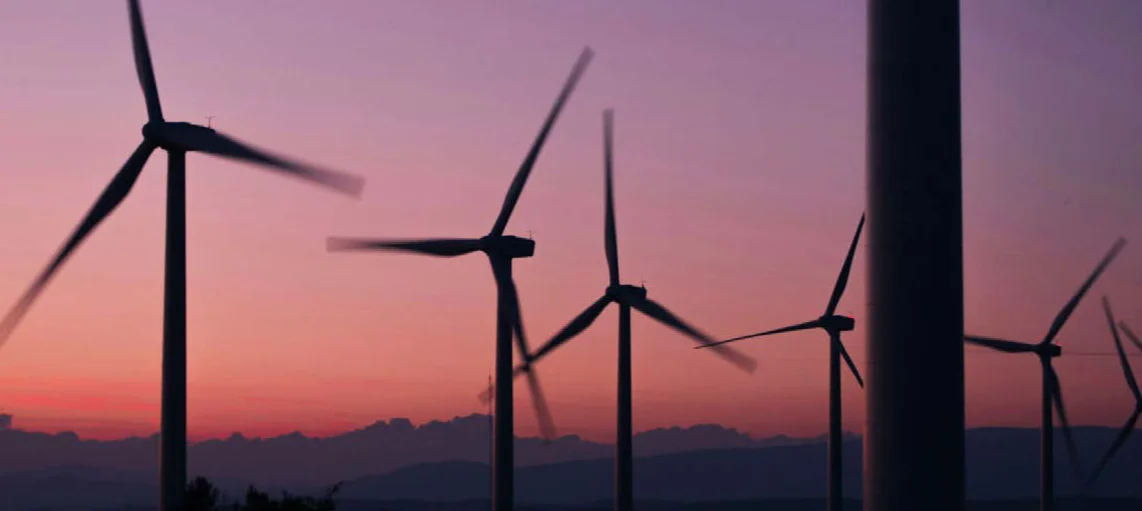Accelerating Sustainable Progress
Formula E exists to drive sustainable human progress through the power of electric racing.
As the world’s first net zero carbon sport from inception, Formula E is a mission platform that supports global sustainability goals while accelerating innovation.
Backed by Global Frameworks
Formula E contributes to 10 of the 17 UN Sustainable Development Goals, including:
Commitment in Action: Four Core Pillars
Formula E’s sustainability framework is built around four key commitments:
-

- Drive Innovation
-
- The GEN3 race car pioneers cutting-edge EV technologies, showing that high performance and sustainability can powerfully co-exist without compromise.
-

- Ensure Environmental Excellence
-
- Through thoughtful carbon footprint reduction, and investment in carbon offset projects around the world, Formula E is the first motorsport to achieve Net Zero since Day Zero.
-
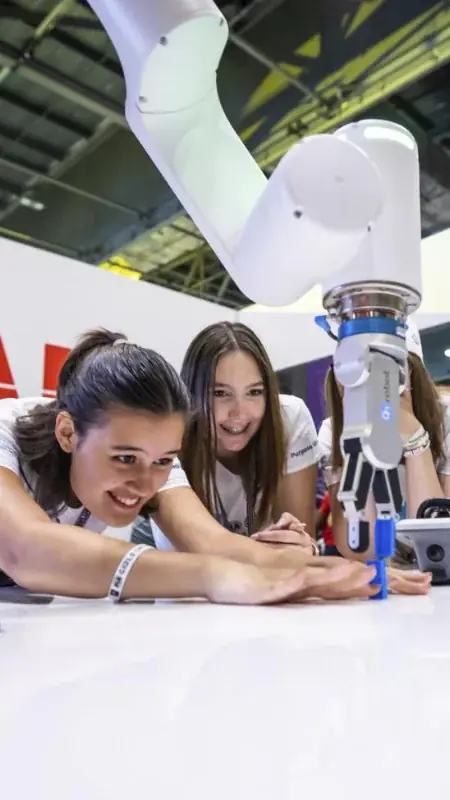
- Encourage Social Progress
-
- Through partnership with UNICEF, 8.6 million people gained access to climate-resilient water and sanitation services.
- More than 4,500 young women took part in FIA Girls on Track, aimed at inspiring young women to enter the automotive and motorsports industries.
-

- Create Impact That Lasts
-
- Technologies developed during Formula E races are transferred from race-to-road to increase efficiency of commercial EV.
- Formula E gives back to local communities in cities where they race, supporting worthwhile causes such as environmental and climate action, gender equality, neurodivergence awareness, etc.
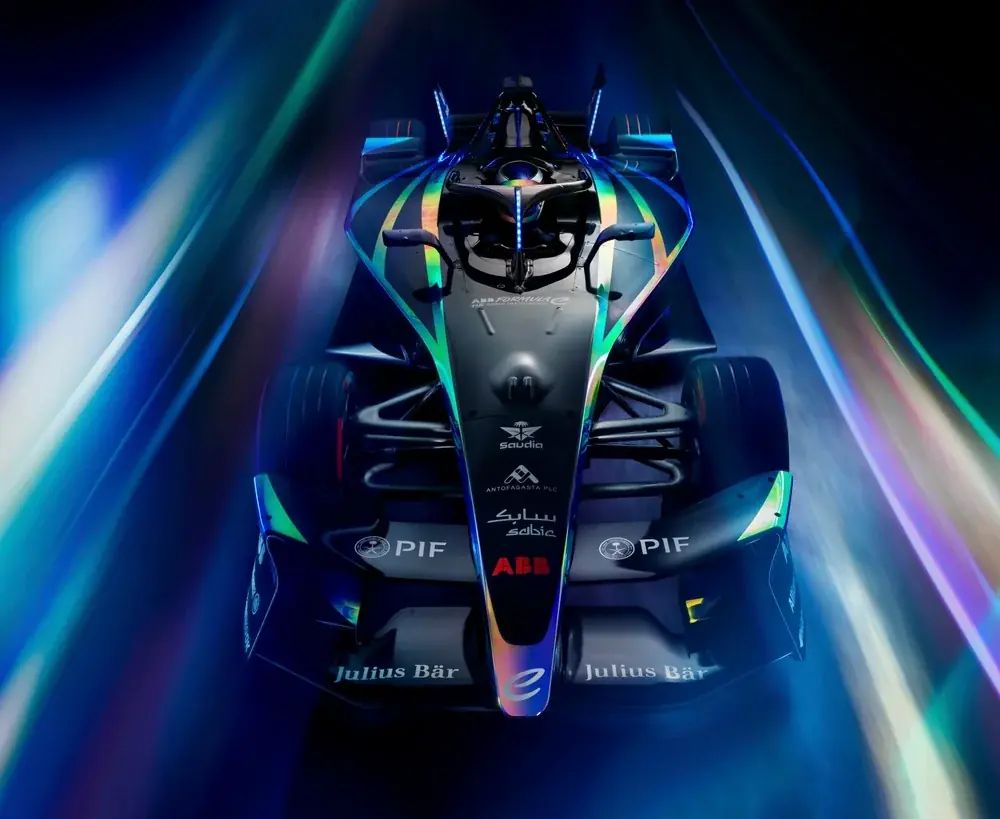
GEN3 Evo
The GEN3 Evo race car is powered by a 350 kW (470 BHP) electric motor with 95% energy efficiency, significantly surpassing the 40% efficiency of a typical internal combustion engine. It also boasts 600 kW in regenerative braking capacity, generating nearly 50% of the energy needed for a race, during the race itself. Equipped with ultra-fast charging capability, the GEN3 battery can regain 10% energy in just 30 seconds.
Yet all that doesn’t mean any sacrifice in performance. The GEN3 Evo is capable of accelerating from 0 to 100 km/h in just 1.86 seconds, 30% faster than the current Formula 1 car. Through upgrades via software engineering, the car can achieve a top speed of 322 km/h.
With carbon footprint reduction in mind, the GEN3 body uses recycled carbon fiber, natural rubber and other recycled material during manufacturing, while battery are made out of sustainably sourced minerals and can be recycled at the end of life. All the technologies developed for the GEN3 are ready for transfer to commercial EV production.
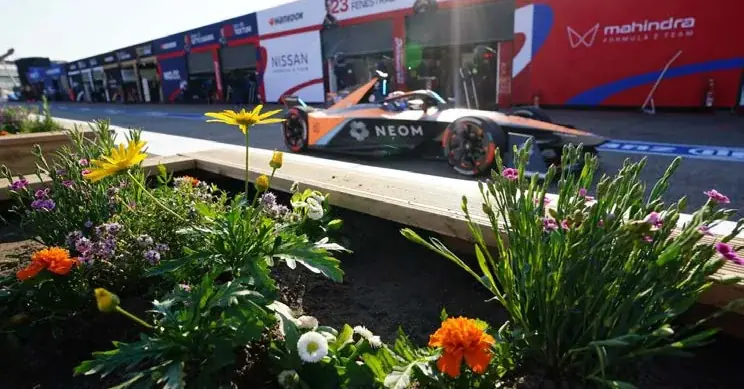
Net Zero since Day Zero
Formula E was conceived from the belief that high performance on the road and sustainability can go hand-in-hand. It means going beyond replacing internal combustion engines with electric race cars on the tracks. It’s about running the entire race series with Net Zero emissions as a goal.
With thoughtful and aggressive plans to reduce carbon footprint, emissions per race has dropped to 2,040 metric tons of CO₂eq per race in Season 9, representing a 41% decrease per race from Season 5, and an overall decrease of 27%.
By Season 6, Formula E has invested in enough renewable energy projects around the world to offset all unavoidable carbon emissions since inception, becoming the first motorsport and first major sport to achieve net zero carbon emission.
Watch a video about how Formula E has made motorsport sustainable

FIA Girls on Track
FIA Girls on Track is helping shift the gender balance in motorsport. Through hands-on workshops and pitlane experiences during race weekends, girls aged 12–18 are introduced to careers in engineering, racing, and media.
With over 4,500 participants across all race locations worldwide, the program gives young women access to STEM role models, team garages, and behind-the-scenes technology, creating pathways into traditionally male-dominated industries.
Race-to-Road Transfer
Formula E is a proving ground for sustainable mobility technologies, many of which are transferred from the race tracks to the road.
-
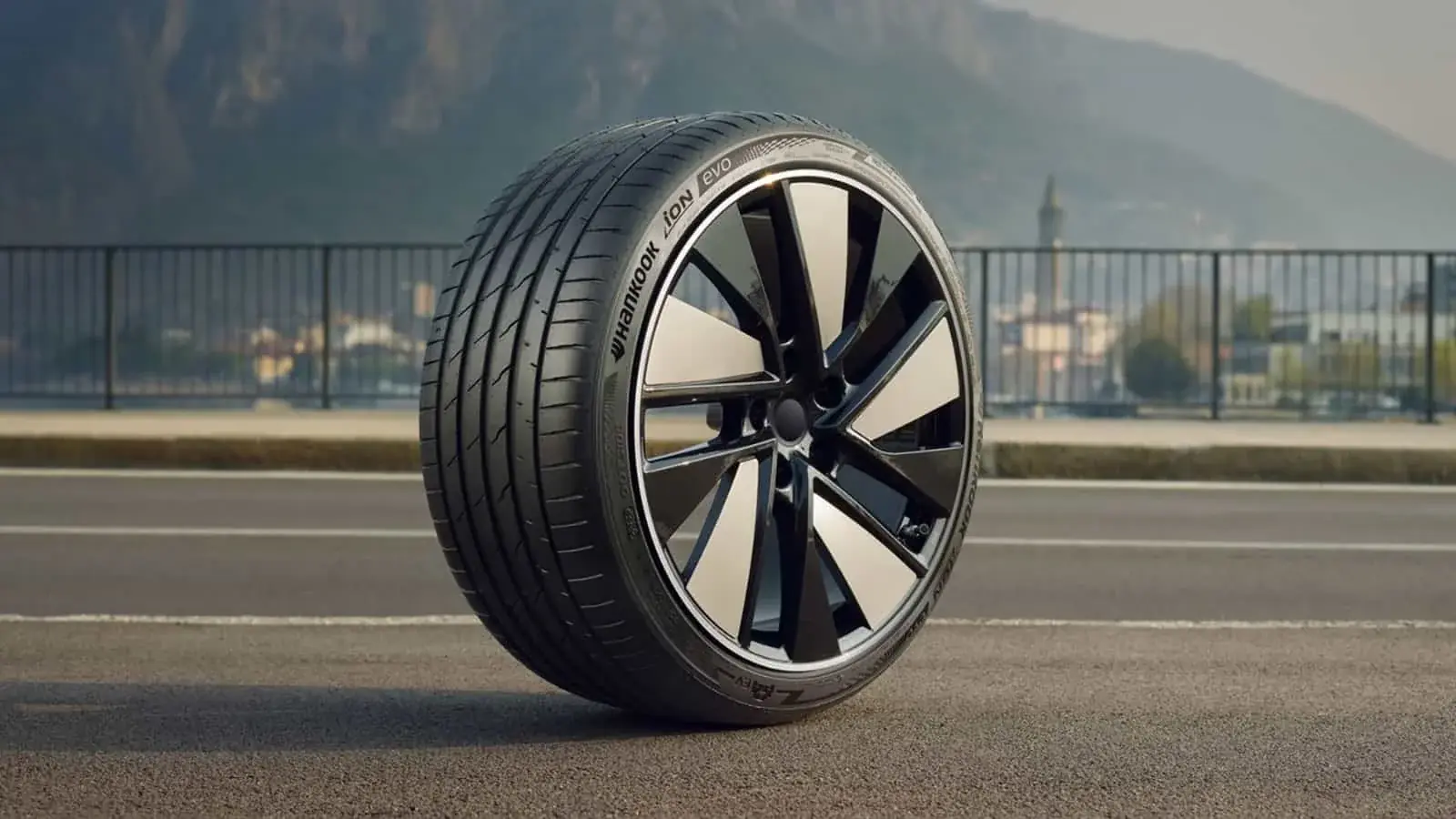
- Hankook iON tires → high efficiency road tires
-
The Formula E race tires developed by Hankook, using 26% recycled materials, are now the basis for their consumer iON EV tires, with lower rolling resistance, enhanced grip, and full recyclability.
-

- Wolfspeed SiC semiconductors → Jaguar Land Rover EVs
-
Wolfspeed’s silicon carbide semiconductors, used in Jaguar TCS’s powertrains since 2017, have found their way into a range of consumer EVs sold under different Jaguar and Land Rover EV models.
-
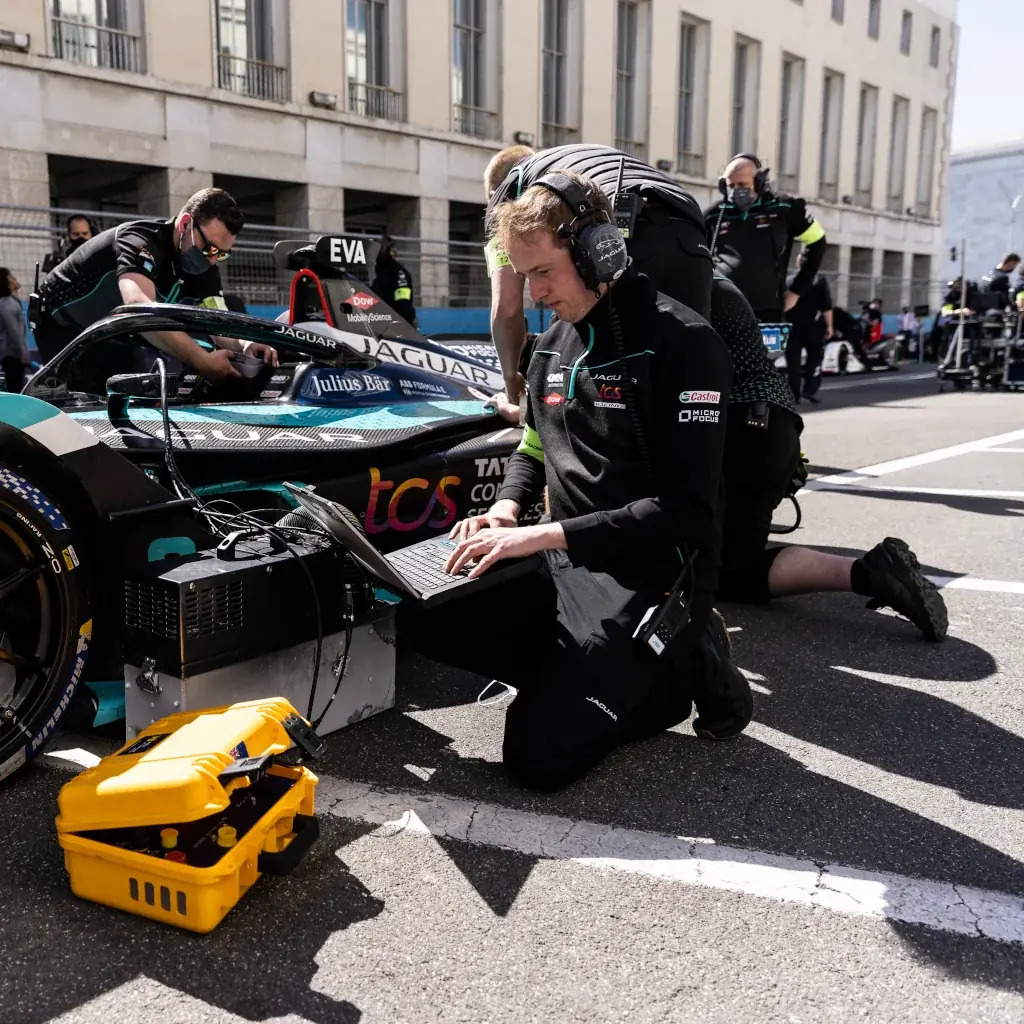
- TCS regeneration software → EV efficiency gains
-
Jaguar’s regenerative braking software, developed for racing performance by TCS, has directly boosted the range of Jaguar’s consumer EV lines. Over-the-air software update gave plug-in hybrid EV models such as F-PACE and E-PACE a 10% increase in drivable range, as well as a 20 km improvement for its I-PACE models.
-
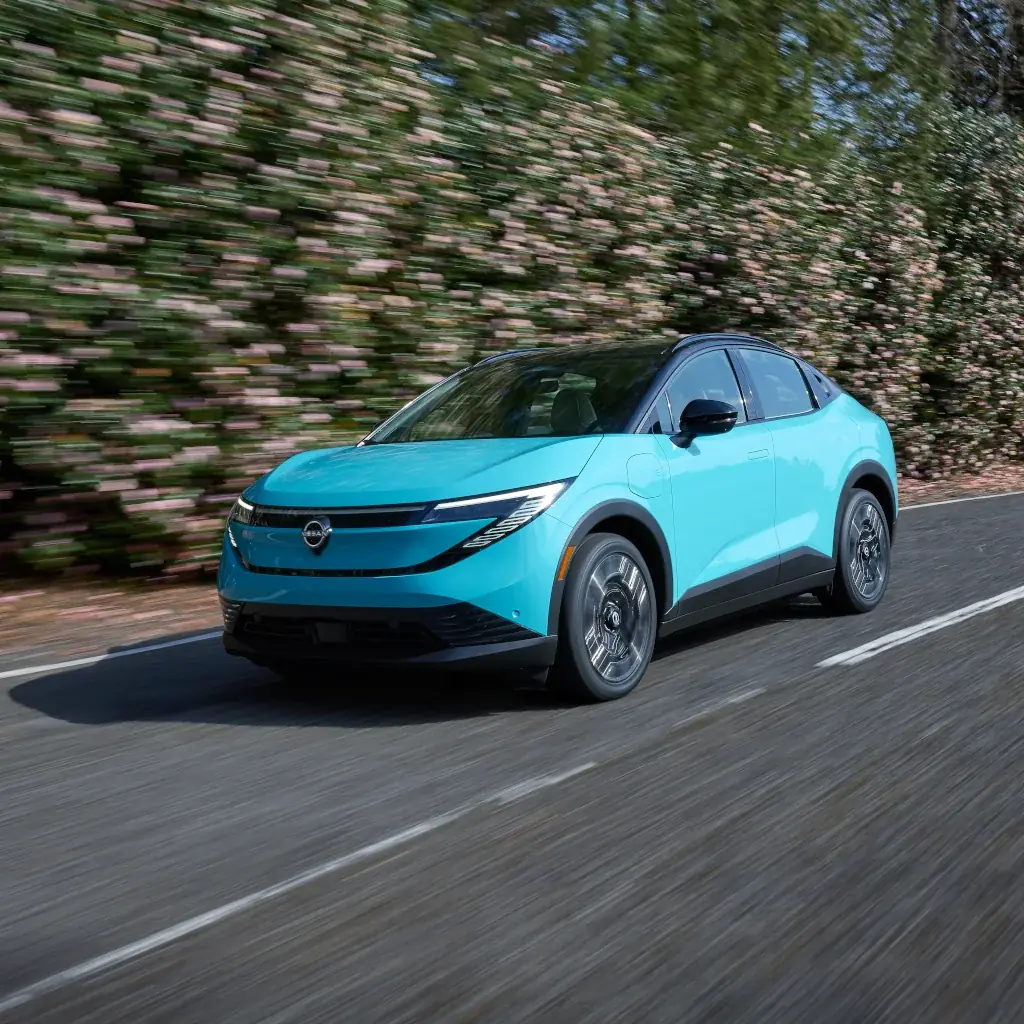
- Nissan battery & range improvements
-
During its tenure with Formula E, Nissan has seen a 181% improvement in its EV battery capacity and range for the Nissan Leaf, the world’s best-selling EV line of all time, consolidating its standing in global EV leadership.
Be a Part of the Sustainability Revolution
By partnering with Formula E and its teams, your brand sends a powerful ESG message to shareholders and the community at large:
- Support ESG disclosures and GRI-aligned sustainability reporting
- Launch purpose-driven marketing campaigns
- Obtain industry recognition (e.g., sustainability awards, green tech showcases)
- Demonstrate stakeholder alignment on climate action
 Formula E
Formula E